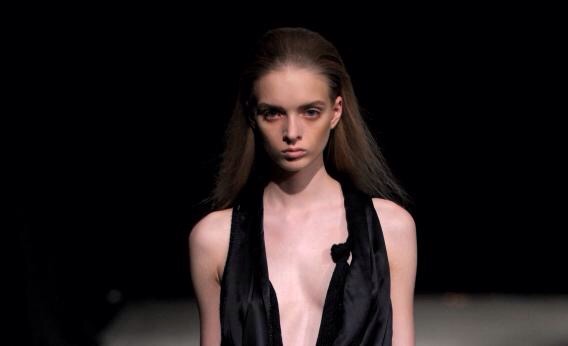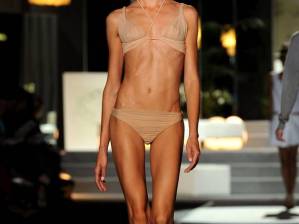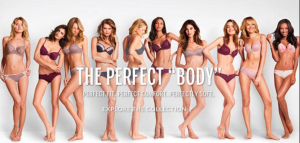This post ties in with one of previous posts on whether nature, nurture or a mix most impacts on mental health.
It led to me wonder about my own genetics, and how they have influenced who I am, and also why I am so severely mentally ill.
So this is a personal post: so personal in fact it is about my actual personality, and my close family.
So I’ll start with my grandparents:
I only have one pair of grandparents as my other pair (paternal side) died when my dad was around 14. But the grandparents that I do have are people I am very close to and live just down the road from me, well within walking distance.
From my nan, June who is very self-confident, but less so now that she has osteoporosis. She can also be really caring and giving too, but it can often feel as if she is buying your affection as she is often nasty and grumpy indirectly because of her pain. She talks about diets far too often, even though she is slightly overweight and idolised me when I was skeletally thin. And she completely doesn’t understand mental illness, perhaps because she is from the wrong generation: but that can be very triggering. From her I believe I got:
- My resilience.
- My confidence (that fluctuates in social situations, going from panic attacks, to introducing myself to strangers in order to help them with something).
- And the physicality of my little feet hehe.
From my grandad (Fad), Lawrence, the kindest, most selfless person I have ever met, ever, and likely ever will meet. He is just a darling and I love him with my complete heart. I got:
- My super caring nature.
- My love of animals.
- Perhaps a factor in my anxiety as he has started to develop this now that he is getting older, and was diagnosed with depression recently after a tough time with my nan (who often puts him down in quite an abusive way even though she loves him).
- My ability to see the bright side of situations.
From my mam, Gillian, my beautiful mother who I argued with far too often, and who doesn’t understand mental illness so she often says the wrong things, but is devastated when she does. We are very close, but she can be very vicious, thinking that I created my mental illnesses myself. She has dyslexia, so never leaves the house on her own in case she has to write something down in a shop etc. which can be sad as she has no friends and is very withdrawn even though she is a really friendly and cheery person. From her I got:
- More of my anxiety, in social situations as well as in general: fretting too often.
- My hair colour.
- Being naturally thin when I was younger and growing.
- More of my caring, friendly nature as she also got this from my grandad, but me even more so.
And from my dad, Michael, who can get so frustrated and quick tempered at things but never means to. My mental illnesses cause him a lot of pain and he has said some horrible things, even calling me a monster when he thought I was in bed. Man, that hurt like a stab wound.
- My eyes: me and my dad are the only people in my entire extended family with brown eyes.
- My sense of humour.
- More of my confidence as he pushes me out of my comfort zone often and gets really proud of me, which is a reward for both of us.
So there you go: and if you read this thankyou and I’m sorry I wasted your time hehe.
The point is that I wouldn’t be who I am today without my family. I have my own charaecteristics, granted, and that is what makes me unique: but I have so much from my ancestors that if I get depressed and begin to loathe my being, it means that I am loathing my family too and I couldn’t do that.
Think about how this relates to yourself. I’d love to hear about you.


